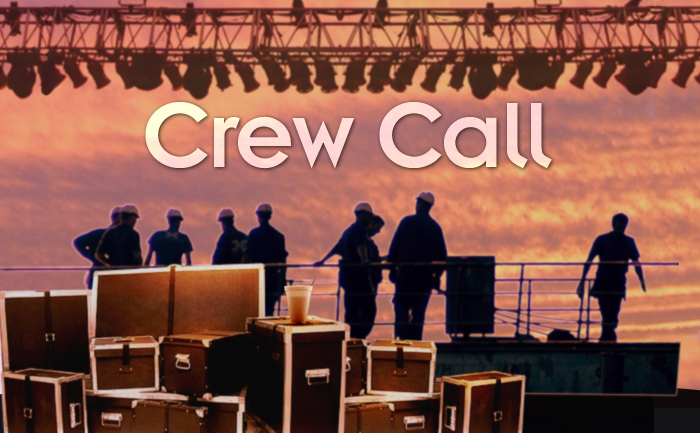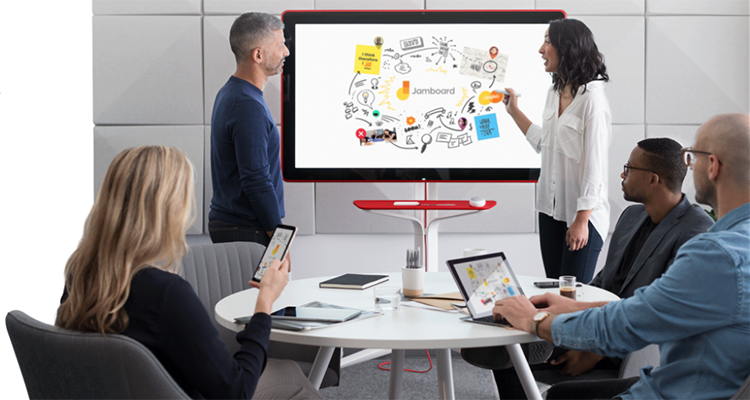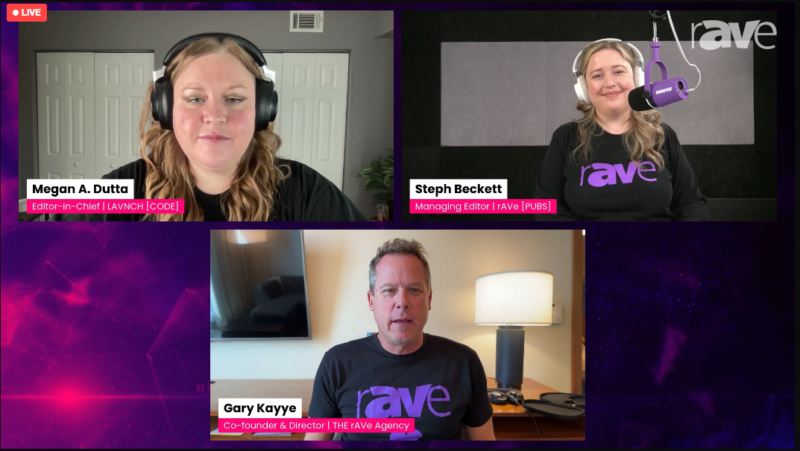Selling Collaboration Boards Through the Rental Market
 Back in December, my predictions for 2017 included the idea that collaboration would be a top driver for our industry this year, including the rental and staging portion of the industry. Several people wrote in to ask about this prediction, mostly inquiring as to how a rental company prepares for such a change in technology, and what makes me so certain that a driving factor (which has mostly influenced the huddle room so far) will also become a driver for the rental portion of the industry.
Back in December, my predictions for 2017 included the idea that collaboration would be a top driver for our industry this year, including the rental and staging portion of the industry. Several people wrote in to ask about this prediction, mostly inquiring as to how a rental company prepares for such a change in technology, and what makes me so certain that a driving factor (which has mostly influenced the huddle room so far) will also become a driver for the rental portion of the industry.
Well, first of all, the biggest driver will be a demographic and sociological shift among our clients. The “social media generation” has produced a number of changes in communication styles. The top-down model of management is currently in disfavor (temporarily, because all such changes are cyclical). In its place comes an inclusive”management style that pays attention to everyone’s input, 140 characters at a time. Interactive and collaborative meetings fit this sociological change and organizations are rather eagerly attempting to prove they are “with it.”
Second, and probably most important, is the massive amount of advertising money being spent by some of the world’s top companies to promote it. We have had interactive meeting equipment available for some time, but today Silicon Valley leaders are introducing more than equipment — they are introducing complete meeting environments and toolkits. This is straight out of the iPhone playbook, where the real strength of the product is not in its hardware, but in its ecosystem. Companies such as Microsoft, Google and Cisco are already in the market and their competitors (notably Apple) will not want to be locked out of this market either.
So, if this is the direction that the largest portion of the meetings market will move in, how does a rental company ensure that they are properly positioned to take advantage of the social logical changes — and the marketing money?
 To paraphrase Shakespeare, the answer lies not in our inventories, but in ourselves.
To paraphrase Shakespeare, the answer lies not in our inventories, but in ourselves.
The equipment in this market segment, from now on, will be short-lived. In the past, we have had to move quickly, driven by the professional electronics market. Over the last 20 years, most types of equipment, especially digital types, have displayed a product lifecycle that gets shorter with each year, as developments in technology quickly obsolete older equipment. But this is nothing compared to being driven by companies with billions of dollars and heavy experience in consumer marketing. These companies intend to make products in much larger quantities than we have seen before, driving the price down and introducing features and capabilities in each model designed to completely obsolete all older models. This is coupled with an effort to move features and services from being based in hardware to being accommodated in the cloud.
So how does the rental company prepare itself for the market onslaught? The answer is: by becoming users ourselves. And this does not mean just being able to hook up and demonstrate equipment. This change runs deeper than that, and our client organizations are looking for more than the hardware that they see in the in-flight magazines. They are looking for guidance.
There are some concrete steps that you can take to make your staff comfortable with this technology, and to position your company to take advantage — and quite a number of them can have the side effect of improving organizational efficiency, while utilizing money that was already being spent.
First, let’s begin with those internal meetings that we already have. Most rental companies that I have worked with make at least a pretense of a regular staff meeting, but it often devolves into a two-stage meeting where management goes over policy, procedures and upcoming events, and then “goes around the table” to see if the rest of the staff has anything that they want to bring up (even though by now they are looking at their watches). One could begin by simply rotating the responsibility for these meetings and their content among the staff, giving them responsibility to efficiently interact with the rest of the staff both to gather the substance of the meeting, and then to conduct it. Make it a point to conduct a meeting using the interactive technologies that you have available in your inventory. This has the dual effect of both acquainting an employee with the collaborative process, and of helping the entire staff become more comfortable with using the technology. Since another target of the collaborative meeting is efficiency, charge the employees with conducting this meeting and its follow-up without increasing the amount of time spent in meetings, and to come up with validation for the process afterward in the form of a brief post meeting summary that emphasizes points of efficiency that were arrived at during the meeting.
Now, the second thing we have to do to enable our companies to take advantage of this change is much harder than the first.
We have to learn to charge for it.
Now, charging for expertise and guidance is something our industry has never done well. We have a tendency to bill for events from a line item list of the hardware that was used, with a single line for labor. In doing this, we have consistently de-emphasized what we actually do. But if you read back through the points of this article, and you agreed up until this point, then you have to face the fact that equipment will become less expensive, more integrated and shorter lived, making it a smaller and smaller part of each rental as time goes on.
Think on that one for a bit, and decide if you can make the turn required for this segment of the market. Next issue, we will attempt to structure changes to a rental inventory that accommodate the shift without breaking the bank.
By the way, a great reference can be found in “The Collaboration Imperative,” which you can find on Amazon here.
Stay tuned.





